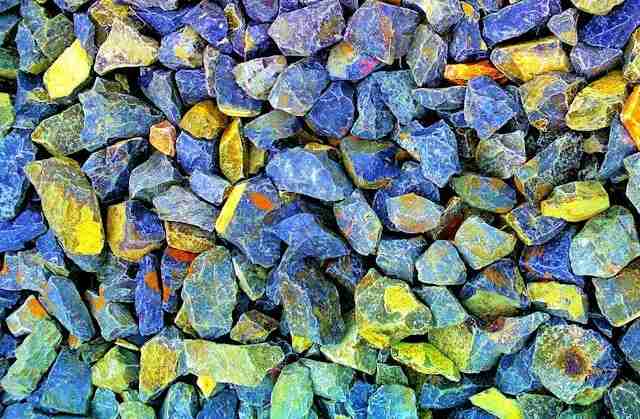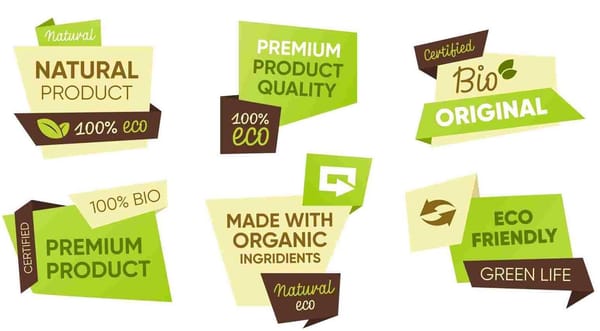How China’s Oil to Coal Switch is Reshaping Chemical Prices
China’s coal shift: the global chemical market’s winners and losers.
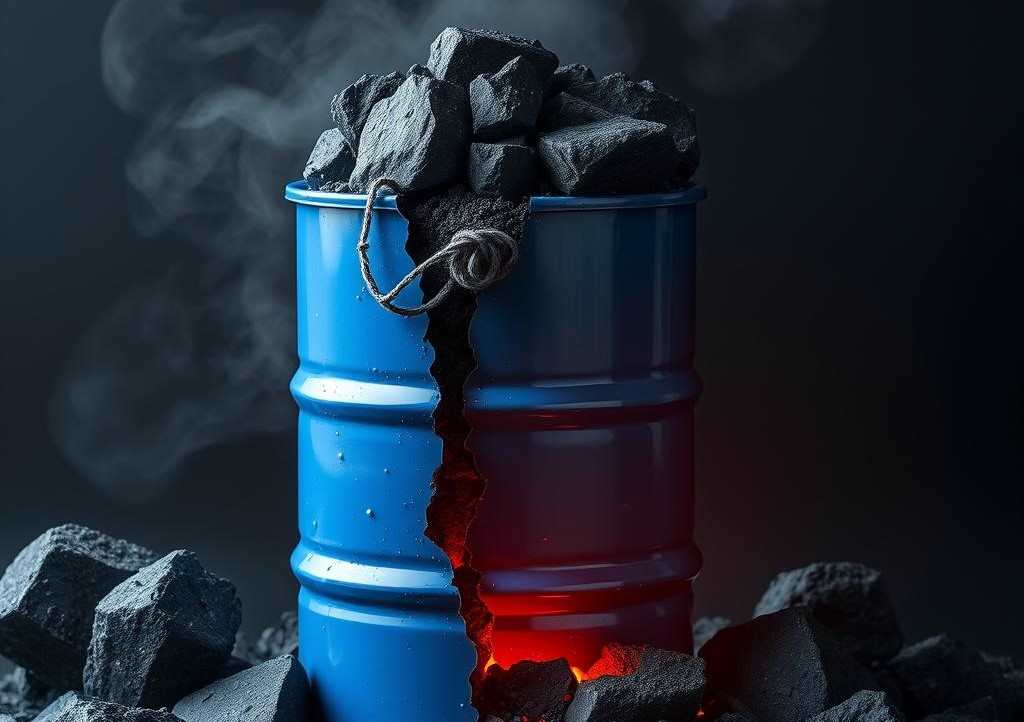
Beyond Trump tariffs, one of the biggest changes to industrial chemical trade and pricing is how Chinese chemical production is moving away from oil-based feedstocks to lean more heavily on coal.
It is a change not just for energy security, but one based on cost, competitiveness, and control of the chemical value chain—rewriting the rules of pricing and profitability in key product markets.
Why Coal, and Why Now?
As the world turns its back on dirty, polluting coal its value has been steadily falling. At the same time, oil prices have been volatile with supplies under constant threat of geopolitical disruption.
For China, sitting on vast coal reserves but with limited domestic oil and natural gas resources, the consequence of these market forces is that many Chinese chemical companies are backing coal-to-chemicals projects as a way to lock in cheaper, more dependable homegrown feedstock.
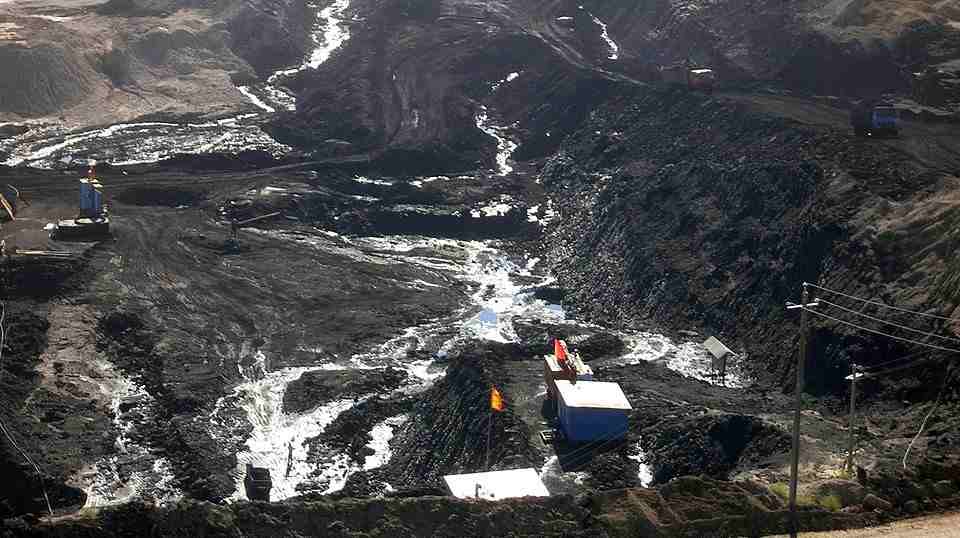
The economics make sense: modern coal-to-chemicals plants are achieving cost levels that rival or even undercut naphtha crackers when oil prices rise above certain thresholds. This gives Chinese producers an advantage that is less dependent on global energy markets.
As the Chemical Industry Journal reports, “The financial results highlight a growing divide. Ningxia Baofeng Energy Group Co., China’s largest coal-to-chemicals company, reported a staggering 73% surge in first-half profits. Similarly, China Shenhua Energy Co., a top coal miner, posted a 20-fold increase in profits at its Inner Mongolia chemicals facility.”
“In stark contrast,” the report continues, “oil giant Sinopec struggled to stay afloat. Its chemicals division suffered a 4.5 billion yuan ($630 million) loss in the first six months of the year—worsening from a 3.6 billion yuan loss during the same period in 2024.”
The shift in these fossil-fuel markets is impacting a vast range of chemical products, as coal-based chemicals, particularly methanol, olefins, and syngas derivatives, are becoming cheaper to produce domestically than their oil-based equivalents.
· Methanol: China already dominates global methanol capacity, much of it derived from coal. With abundant supply putting further downward pressure on prices, exporters from the Middle East and the US are being increasingly challenged.
· Olefins and polymers: Coal-to-olefins plants are feeding into polyethylene and polypropylene production, enabling Chinese plastic producers to lower costs and strengthen export competitiveness.
· Downstream margins: Lower feedstock costs flow into finished goods, from packaging to textiles, making Chinese manufactured exports more price-competitive across multiple industries.
The likely outcome for the industrial chemical sector is increased price competition globally, with margins squeezed for producers in regions tied to oil or natural gas.
Most notable of these are European naphtha crackers who are already struggling with cheap chemical imports, a sluggish local economy, and a reliance on expensive oil imports. Meanwhile, Middle Eastern exporters, who were once dominant due to low-cost gas feedstocks, will now face price pressure in methanol and polyethylene exports.
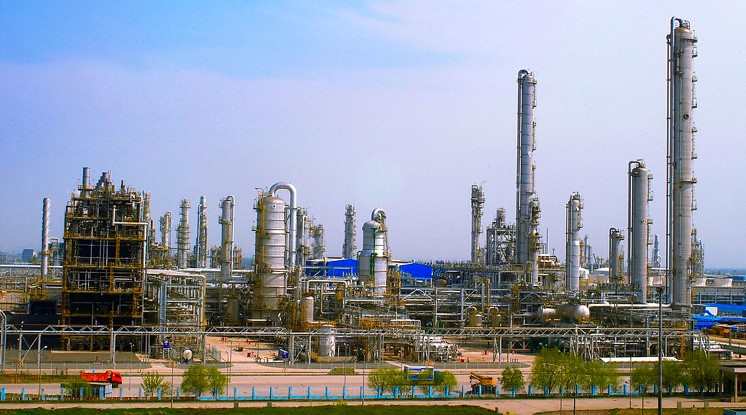
Likewise, US chemical producers have now lost much of their shale gas advantage, while most significantly, neighbouring Asian chemical producers in South Korea, Japan, and the Southeast risk being completely displaced by cheaper Chinese exports.
The winners in this situation will be the coal-rich provinces of western and northern China who will strengthen their industrial position, and Chinese plastic, fibre, and resin producers who will enjoy further cost advantages, helping them to capture even more global market share.
Sustainable Advantage or Temporary Edge?
China’s coal-driven chemical expansion offers clear short-term advantages, but long-term competitiveness depends on global price dynamics. If oil prices were to move lower (OPEC is increasing output throughout the coming year) then the coal advantage will narrow.
But for now, Chinese producers and downstream industries are strengthening their hand in global trade, while rivals face tighter margins and tougher decisions about where to compete.
While carbon taxes and carbon import duties can give other regions some protection against China’s coal-based chemicals, they are unlikely to fully offset the price gap.
The EU is furthest ahead in this field, rolling out its Carbon Border Adjustment Mechanism as a way of levelling the playing field. In theory, this could allow Europe to impose tariffs on imported chemicals with higher embedded CO₂, neutralising the cost advantage of cheaper but dirtier coal-based production.
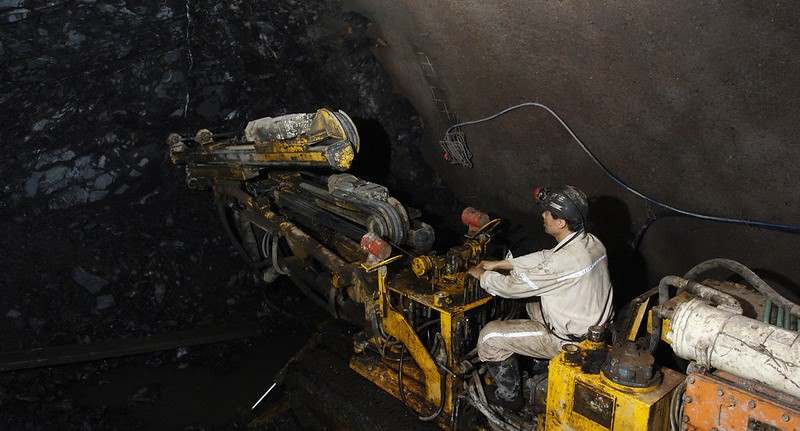
In practice, however, implementation is slow and politically sensitive. At present, the CBAM targets cement, steel, and fertilisers far more directly than polymers or methanol. Extending it to a wider range of chemical imports is possible but would take years to put in place. Traders also expect strong resistance from Europe’s downstream industries, which rely on low-cost imported inputs and would push back against any move that raises their costs.
Sustainable Advantage or Temporary Edge?
China’s coal-driven chemical expansion offers clear short-term advantages, yet the story is bigger than just feedstock price swings. Coal-to-chemicals is shifting the global balance of power in industrial chemicals as Chinese producers are locking in cost leadership, enabling them to set the tone for global pricing. This forces competitors in Europe, the Middle East, and North America into a defensive position — either absorb lower margins, or retreat from certain product lines altogether.
For chemical traders and downstream buyers, the shift promises more abundant supply and potentially lower prices, but it also raises questions of dependency. As China becomes the dominant source of competitively priced methanol, olefins, and polymers, international buyers may find themselves increasingly tied to Chinese producers for key inputs.
The critical question now is whether this cost edge is a temporary cycle or a structural reset. If oil stays volatile and global demand holds, China could cement its position as the world’s low-cost chemical powerhouse. If not, overcapacity and narrowing chemical price spreads could force Chinese producers into the same profitability traps now hitting their oil-based rivals.
Either way, chemical producers, traders, and buyers alike, must keep an eye on China’s coal-to-chemicals trajectory to determine how markets and prices will function in the months and years ahead.
To stay informed on this and other topics in the industrial chemical industry, follow SPOTCHEMI on X, Facebook, and LinkedIn.
